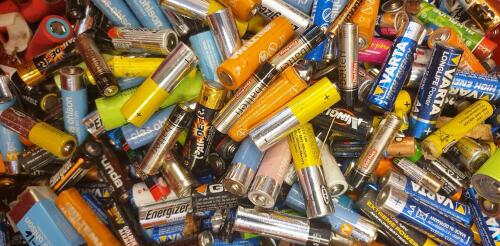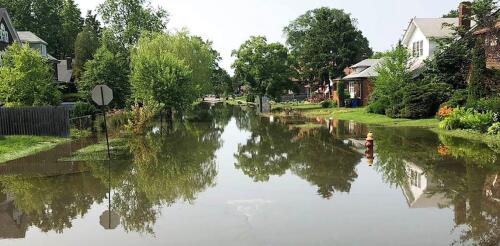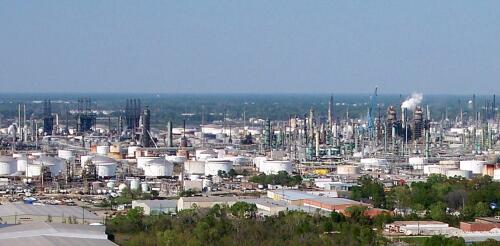environment
A salve for America’s loneliness epidemic could exist right in front of its homes. Front yards are a staple of many American neighborhoods. Lush plantings, porches or trinkets can capture the attention of passersby and spark conversation. Other lawns say “stay away,” whether it’s through imposing fences or foreboding signs. But to what extent do yards serve as a window into the people who tend them – and how they feel about their home, neighborhood and city? In our study of nearly 1,000 front yards in Buffalo’s Elmwood Village neighborhood, we found that the livelier and more open the front yard, the more content and connected the resident. Cultivating a sense of place Our study of front yards is part of a larger investigation into the ways in which American neighborhoods can cultivate a stronger “sense of place,” which refers to the feeling of attachment and belonging one feels to their home, neighborhood and city. For deca...
If you’ve looked in your utility drawer lately, you may have noticed the various shapes, sizes and types of batteries that power your electronic devices. First, there are the round, non-rechargeable button cells for your watches and small items. There’s also the popular AA and AAA cylindrical batteries for calculators, clocks and remotes. Then you have the rechargeable lithium-ion batteries in your laptops and phones. And don’t forget about the lead-acid battery in your car. I’m a professor who studies batteries and electrochemistry. To understand why batteries come in many different sizes and shapes – and serve many purposes – look to the past, at how batteries originated and how they have developed over the years. The first batteries were made in the 1800s, and they were quite simple. One of the first demonstrations was a series of metal discs soaked in brine, which Italian scientist Alessandro Volta found created an electric current. The f...
In 2021, metro Detroit was hit with a rainstorm so severe that President Joe Biden issued a major disaster declaration at state officials’ request. Nearly 8 inches of rain fell within 24 hours, closing every major freeway and causing massive damage to homes and businesses. The storm was of a severity historically seen in Detroit every 500 to 1,000 years. But over the past decade, the region has experienced several other storms only slightly less destructive, one in August 2023. As the planet warms, severe rains – and the flooding that follows – may become even more intense and frequent in cities like Detroit that have aging and undersized stormwater infrastructure. These extreme events put enormous pressure on communities, but low-income urban neighborhoods tend to suffer the most I am a geomorphologist at the University of Michigan-Dearborn specializing in urban environments, water, historical mapping and flood-risk equity. My recent research, conducted...
It sounds like a crime show episode at sea: In late January 2024, federal regulators learned that a dead female North Atlantic right whale had been sighted near Martha’s Vineyard, Massachusetts. The whale was towed to shore, where more than 20 U.S. and Canadian scientists converged to perform a necropsy, or animal autopsy. On Feb. 14, the U.S. National Oceanic and Atmospheric Administration announced that the whale was #5120 in a catalog that tracks individual right whales. Further, the agency said, rope that had been deeply embedded in the whale’s tail had likely come from lobster fishing gear in Maine. Entanglement in fishing gear is a deadly threat to these critically endangered animals. Scientists estimate that before commercial whaling scaled up in the 18th and 19th centuries, there may have been as many as 10,000 North Atlantic right whales. Today, fewer than 360 individuals remain. Almost 90% of them have been entangled at least once. When whales become en...
Billions of federal tax dollars will soon be pouring into Louisiana to fight climate change, yet the projects they’re supporting may actually boost fossil fuels – the very products warming the planet. At issue are plans to build dozens of federally subsidized projects to capture and bury carbon dioxide from industries. On the surface, these projects seem beneficial. Keeping carbon dioxide out of the atmosphere prevents the greenhouse gas from fueling climate change. In practice, however, this may lead to a net increase in fossil fuel production and more emissions. That’s because many of these carbon capture projects will be handling emissions from facilities that rely on oil and natural gas – in fact, many of the projects are tied to major oil and gas companies through subsidiaries. Under new federal rules, the projects can receive generous tax subsidies. The more carbon dioxide the factories produce and capture, the more federal money the projects can r...



